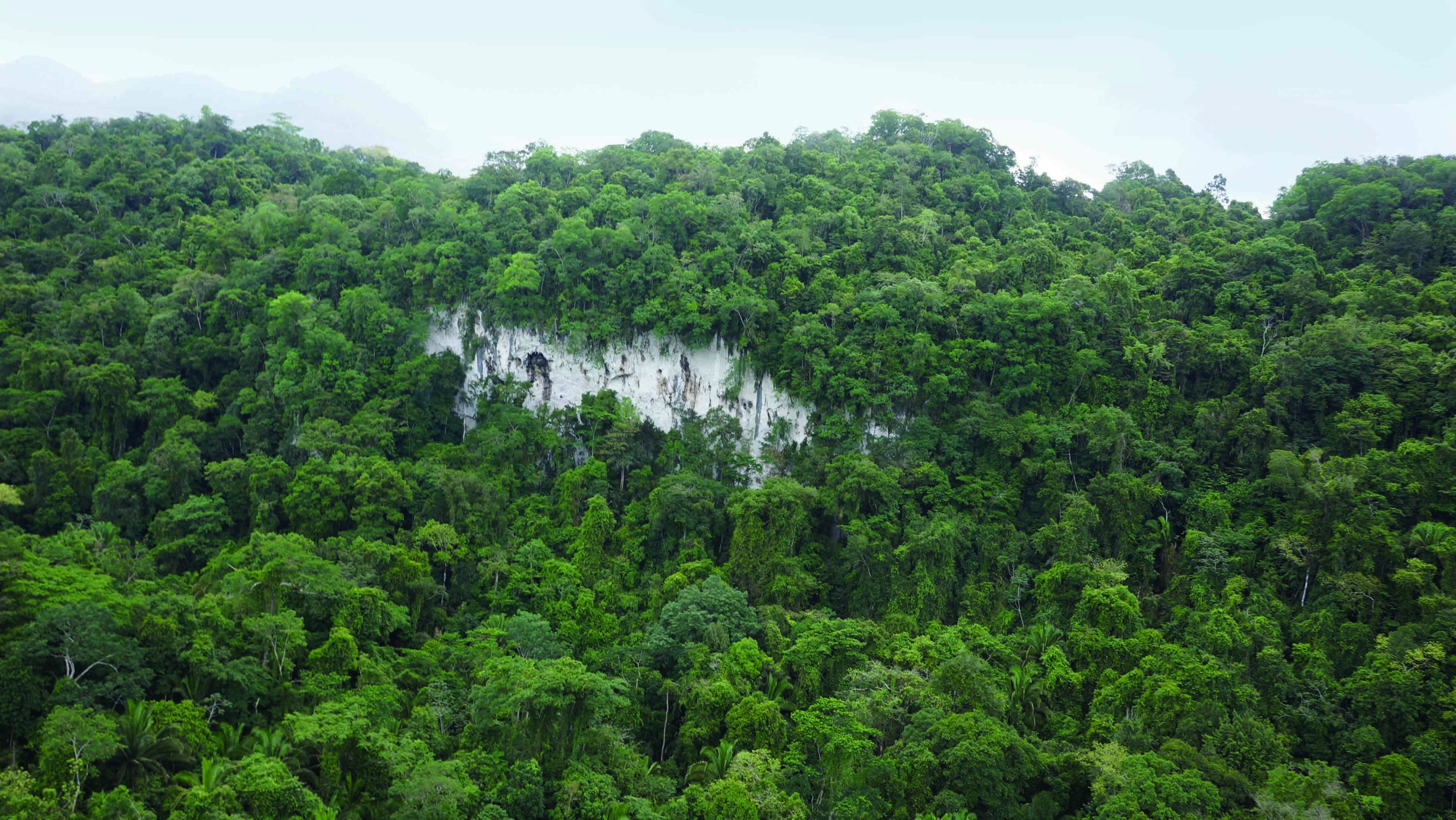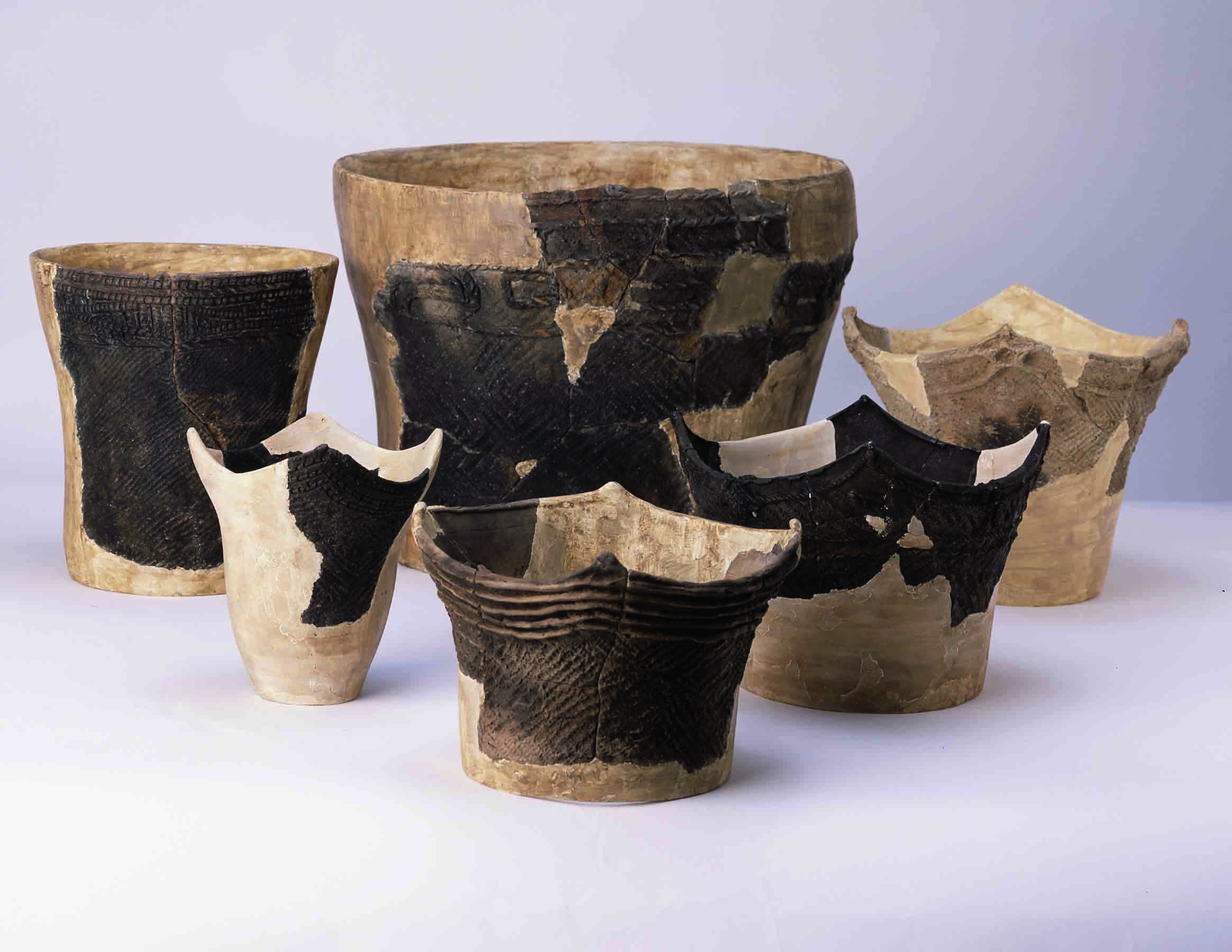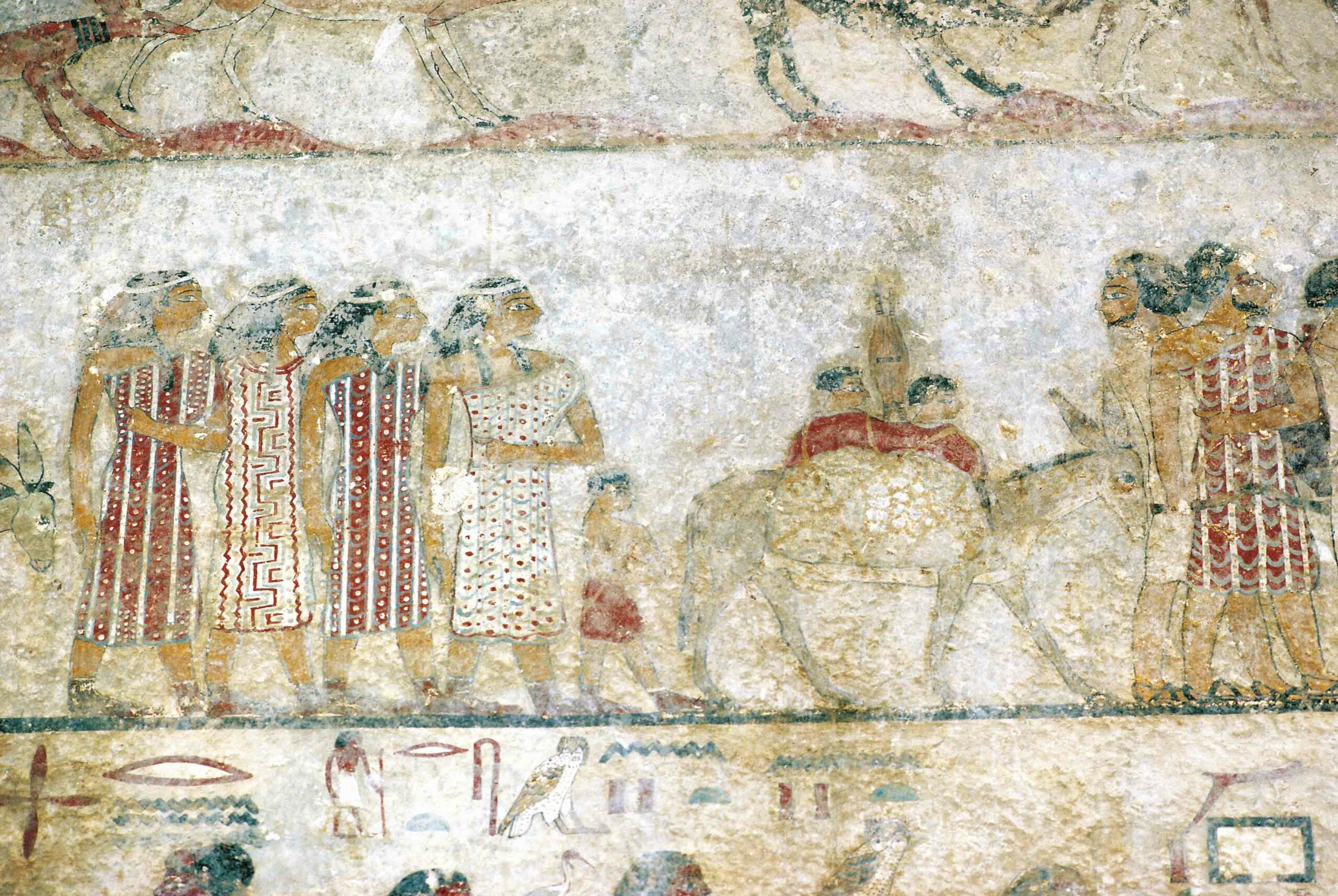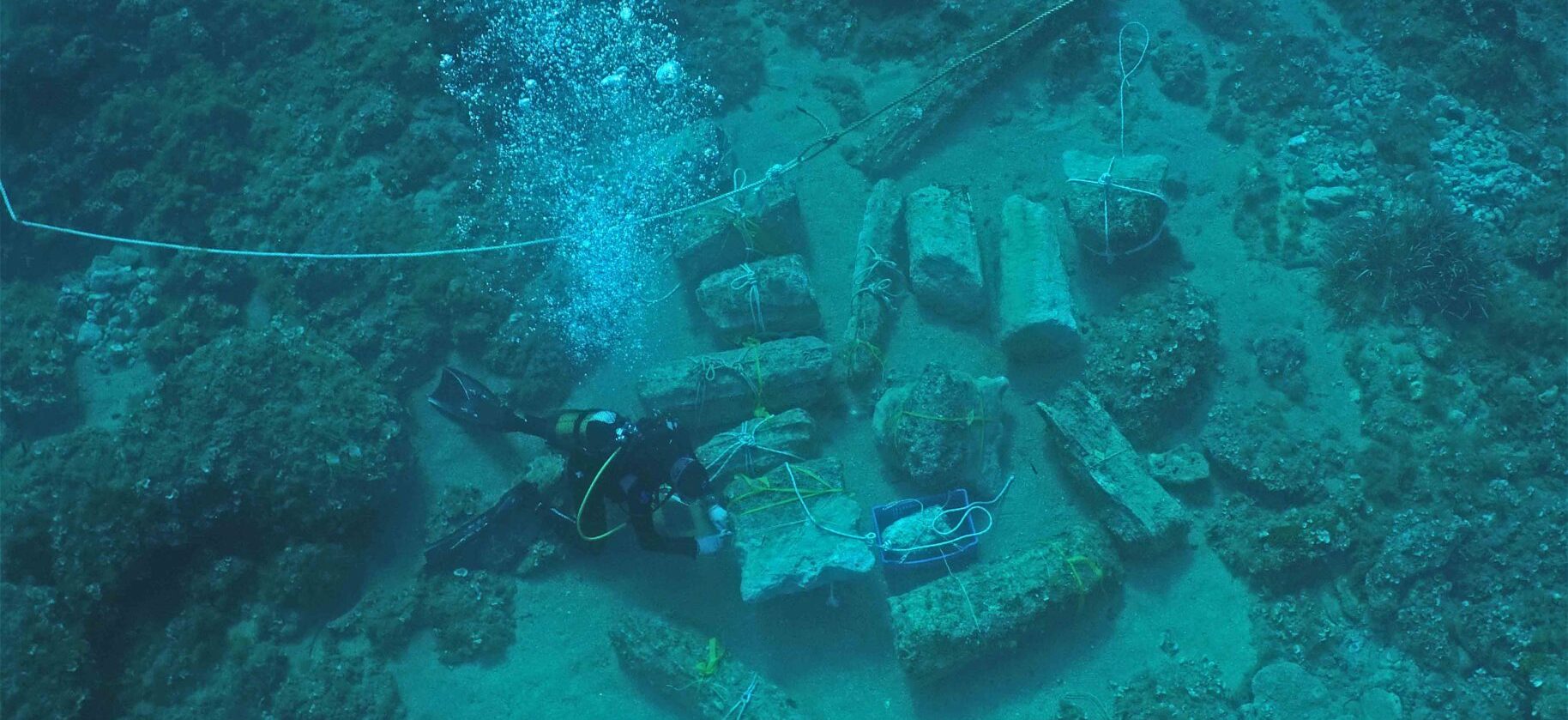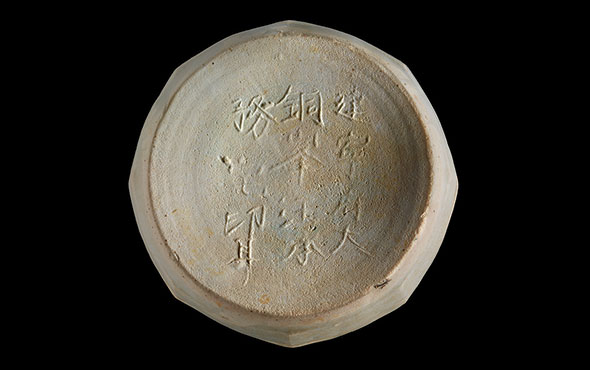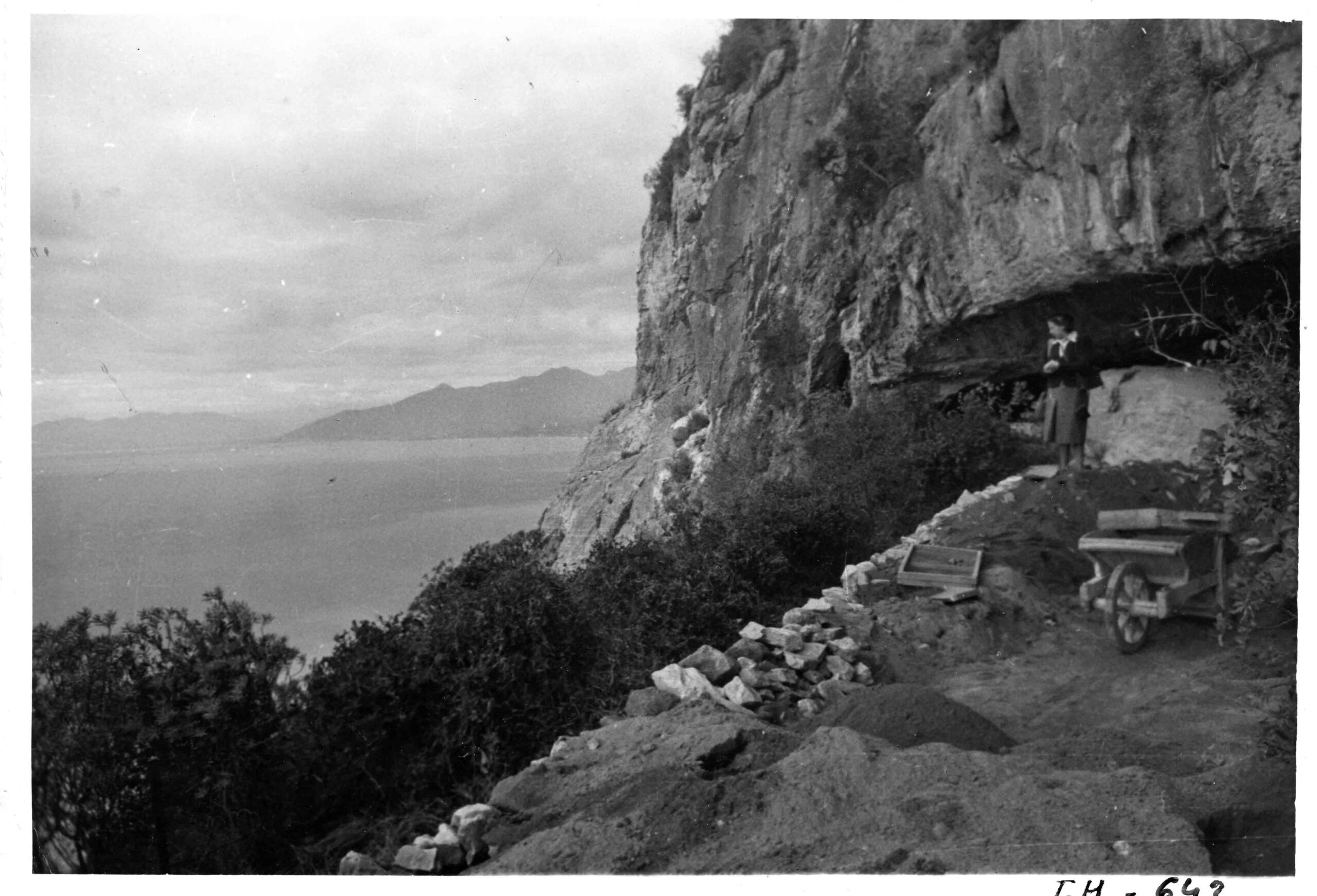
CANBERRA, AUSTRALIA—Atholl Anderson of Australian National University and his colleagues examined some 3,000 ancient animal bones unearthed in southwestern Madagascar to look for evidence of butchery by humans, according to a report in Cosmos Magazine. A recent study of elephant bird bones suggested that humans may have arrived on the island some 10,000 years ago, or much earlier than had been previously thought. Anderson found, however, that the only clearly human-made marks on the bones his group studied—those with crisp edges and V-shaped grooves—dated to 1,200 years ago at the earliest. Other marks may have been made by gnawing scavengers, roots and ground movements, and nicks and cuts from the excavation process. Anderson also points out that no butchery tools, pottery, or other artifacts more than 1,500 years old have been found on the island. Genetic evidence and pollen and ash sediments, which record changes in vegetation and fire patterns, also support the arrival of humans on Madagascar between 1,350 and 1,100 years ago, Anderson said. For more on the settlement of Madagascar, go to “World Roundup.”


